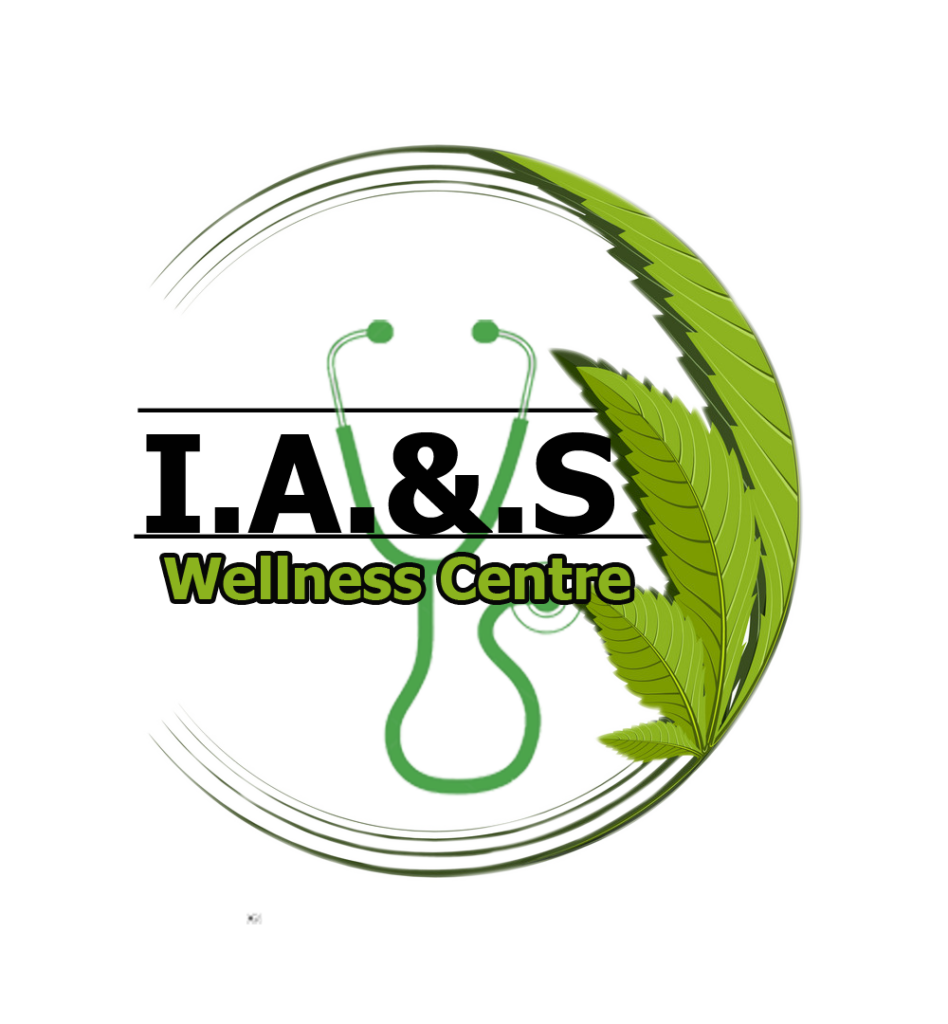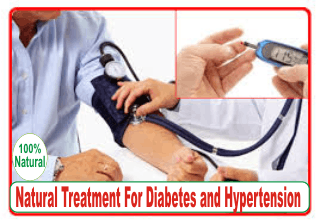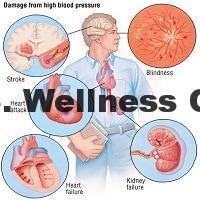HYPERTENSION AND DIABETES
Many people with diabetes also have hypertension, or high blood pressure. Having these conditions together can make them both worse.
WHAT IS HYPERTENSION?
Known the “silent killer,” hypertension usually has no signs or symptoms and many people are not aware they have it.
High blood pressure increases a person’s risk of stroke and heart attack. It often occurs with diabetes.
Blood pressure is measured in millimeters of mercury (mm Hg) and can be assessed using a blood pressure monitor.
Two numbers will be produced. The first refers to the systolic blood pressure, or the highest level of the blood pressure during a heartbeat. The second, the diastolic blood pressure, points to the lowest level.
Any blood pressure reading of less than or equal to 119/79 is considered normal.
A reading between 120 and 139 for systolic pressure and between 80 and 89 for diastolic pressure is considered prehypertension. This is a sign of possible hypertension if a person does not take preventive steps.
WHAT IS DIABETES?
Diabetes occurs when blood sugar increases because the body cannot use the glucose properly. This happens when there a problem with insulin levels in the blood. There are two different types of diabetes. Insulin makes it possible for body cells to absorb glucose.
Type 1 diabetes accounts for about 5 percent of diabetes cases, according to the American Diabetes Association (ADA).
Type 1 diabetes occurs when the body does not produce enough insulin. With the help of insulin therapy, anyone can learn to manage and live with type 1 diabetes. Symptoms include increased thirst, frequent urination, fatigue, blurred vision, and increased hunger.
According to the ADA, type 2 diabetes accounts for at least 90 percent of all diagnosed cases of diabetes. Risk factors are family history, prior gestational diabetes during pregnancy, impaired glucose intolerance, lack of exercise, and being overweight.
Some ethnic groups are at a higher risk of type 2 diabetes, including African Americans, Hispanics and Latinos, and Native Americans.
Symptoms are similar to those of type 1 diabetes, but some patients may not have symptoms until their blood sugar levels reach dangerous levels. Treatment for type 2 diabetes involves diet changes, increasing physical activity, blood glucose monitoring, and oral medication or insulin injections.
WHAT IS THE LINK?
1 in 3 patients with type 1 diabetes also have hypertension.
When hypertension and diabetes co-exist, the effects of one disease tend to make the other worse. This makes for a deadly combination.
Diabetes does three things that may increase blood pressure:
- decreasing the blood vessels’ ability to stretch
- increasing the amount of fluid in the body
- changing the way, the body manages insulin
Hypertension and diabetes generally coexist because they share similar risk factors, including being overweight, following an unhealthy diet, and living an inactive lifestyle.
RISK FACTORS
The combination of hypertension and diabetes can be lethal, and together they can increase the risk of a heart attack or stroke. Having both conditions also increases the risk of kidney disease and problems the blood vessels of the eyes, which could lead to blindness.
Uncontrolled diabetes is not the only risk factor for hypertension. The chances of having a heart attack or stroke are further multiplied if other risk factors exist, in addition to diabetes.
These include:
- having a family history of heart disease
- stress
- having a high fat or high sodium diet
- not being active
- advanced age
- being overweight
- smoking
- overconsumption of alcohol
- low levels of potassium or vitamin D
- having another chronic condition, such as sleep apnea, kidney disease or inflammatory arthritis
TO KNOW MORE ABOUT OUR HYPERTENSION AND DIABETES TREATMENT
1- HYPERTENSION
2- DIABETES
NATURAL SOLUTION/REMEDY TO TREATS DIABETES AND HYPERTENSION.
Research into nature has discovered natural medicines that treats Diabetes and hypertension without negative side effect. The medicines are what forms our Diabetes and Hypertension SOLUTION KIT
OUR ADDRESS:
3rd Floor, 473, Lagos-Abeokuta Express Way, Old UBA Building Beside NNPC,, U-turn Bus Stop, Abule Egba, Lagos, Nigeria.
Mon – Friday (9.00 a.m. – 5.00 p.m.) Nigerian Time
Saturday (10.00 a.m. – 2.00 p.m.) Nigerian Time
Our Office is Close on Sunday but you can Whatsapp, Call, Email Us.
- WHATSAPP: (+234)-8038690104
- CALL: 08038690104 OR +234-8038690104
- EMAIL: [email protected]
OTHER TREATMENT WE OFFER:
These are the treatment we offer Alphabetically (A-Z):
- Abdominal pain Natural treatment
- Abnormal Vaginal bleeding Natural treatment
- Acquired Immunodeficiency Syndrome(AIDS) natural treatment
- Adhesion natural treatment
- Amenorrhea Natural treatment
- Anemia natural treatment
- Arteriosclerosis and Atherosclerosis Natural treatment
- Appendicitis Natural treatment without surgery
- Asthma Natural treatment
- Candidiasis Natural treatment
- Cancer Natural treatment
- Cervical Polyps Natural treatment
- Cholesterol Natural treatment
- Chlamydia Infection Natural treatment
- Fibroids Natural Treatment (without surgery)
- Female Infertility Natural treatment
- Fibrocystic Breast Natural Treatment
- Male infertility Natural treatment
- Menopause Natural treatment
- Mouth odor and Cancer Natural treatment
- PCOS (polycystic Ovary syndrome)Natural treatment
- Parkinson disease Natural Treatment
- Prostatitis Natural Cure
- Prostate Cancer Natural Treatment
- Polyps Natural Treatment
- Pelvic Inflammatory Disease Natural Treatment



